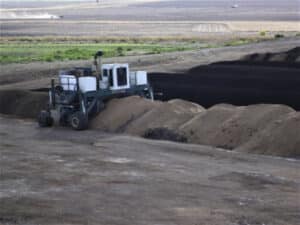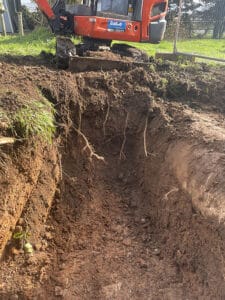Methods to clean up oil spills
Methods to clean up oil spills
When experiencing an oil spill what are your options and which methods to clean up oil spills?
Which factors limit your options when you have had an oil spill?
What has been impacted by the oil spill?
Options appraisal
Reputable oil spill clean up companies will carry out an options appraisal at the planning stage. This will take into consideration the different methods to clean up oil spills.
Each method for cleaning up oil spills will be considered in detail, weighing up the requirements of each method. Factors would include space needed, time scales, cost, but most importantly the suitability in terms of the chemical / biological and physical and will they actually work. Once the appraisal has been conducted in detail a clear front runner should emerge that has more pro’s than con’s.
What has been impacted by the oil spill?
- Are we talking about some light surface staining? Or, are there considerable impacts to near surface soils that are now causing a nuisance to humans?
- Has fabric of a structure become impacted?
- Where an oil spill has occurred on sandy or gravelly strata and an underlying aquifer has been impacted, what then?
These are all important considerations that will impact on the decision making process when deciding on the best method to clean up an oil spill. Each oil spill is very different, these differences can range from receptors at risk, pathways, level of risk, urgency to name a few.
Surface spills – methods for cleaning up oil spills
In the event that the spill is small and confined to the surface mopping up any liquids with absorbant granules may be the best option, or washing any surfaces down with surfactants to a nearby gully. The gully outlet can then be blocked and used as a sump where the liquids can then be recovered.
Spills affecting soils – methods for cleaning up oil spills
If time is of no concern and you can be certain that further migration will not take place then it might be worth considering in situ remediation. There are a few different options depending on the soil types. Bio-remediation can sometimes be effective over an extended time frame if the conditions are right. Bio-Augementation may also be worth considering along with Phyto-Remediation.
Sometimes there isn’t the time, space or the patience to undertake an in situ treatment program. This is entirely understandable as the time frames are likely to be measured in years.
In situ methods for cleaning up oil spills
A heirachy exists in terms of what is most sustainable. At the top of the list and what should always be aimed for is in situ remediation, but this is difficult and often not achievable.
Ex-situ methods for cleaning up oil spills
The next most sustainable is ex-situ. Ex-situ involves the removal of the soils often to windrows (large manageable piles of soil) where the remediation will take place. Other times the soils will have to be relocated off-site to a treatment hub. There aren’t enough of these and the haulage is not ideal for the environment.
The advantage of ex-situ is that more technologies can be applied to the contaminated soil in this state and the soil can be continually mixed which improves the rate of reaction. Negative air pressure can be applied to the soils, drawing off vapours which can be treated, eventually sufficiently removing any volatile fractions. This has the additional benefit of drawing in new air, rich in oxygen which can then be utilized by indigenus bacteria and other micro-organisms.
Dig & Dump
The least sustainable, but often the only option is dig and dump. Offending contaminated soil is excavated and disposed of. Soils which have taken since the last ice age (12,000 years) to form is now lost. This isn’t ethical in our eyes and it hurts to do it. But particularly in the case of domestic oil spills with few ex-situ options nearby we are we are often forced down this route.
Spills affecting the Fabric of Structures – methods for cleaning up oil spills
In some instances, mostly where spillages happen next to or inside buildings, the actual fabric of buildings can become contaminated with oil. Often it will be fine to just leave it as it is. In others it will be necessary to take further action if the people occupying the buildings for instance are suffering from hydrocarbon vapours.
Treatment of oil spills
Sometimes various treatments can be applied to the fabric of buildings but these normally have limited success and should only be attempted where the level of impact is relatively low.
Encapsulation of oil spills
This is a process where the “pollutant linkage” is broken. By locking in contamination by the application of a protective coating of some sort the ability of any remaining contamination to link with a receptor is prevented.
Replacement
This option is self-explanatory. For instance, if brick work become sodden with oil and is causing an issue then replacement of those blocks with new ones and rebuilding of the wall will bring the area back to pre-spill conditions.
Spills Affecting Groundwater – methods for cleaning up oil spills
Depending on where you live this may be something you don’t need to worry about or something that is very likely. It all comes down to the bedrock below you and what covers it. For instance, if you are standing on a thick deposit of clay there probably isn’t a high risk of impacting any groundwater. However, if you are above sandstone with little protection above it, the chances are you will have some groundwater impact.
Spills affecting groundwater will often require the soils that were immediatley impacted to be removed. Underlying groundwater can then be dealt with by which ever methodology suits the site. This could include pump and treat, in situ chemical oxidation, in situ bio-augementation to name a few.
If you have suffered from an oil spillage and would like to discuss it with an expert give us a call or email.




